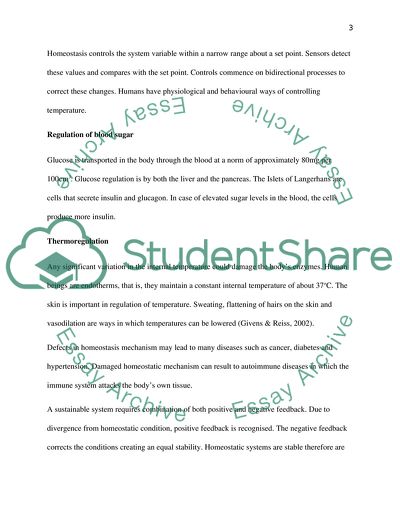Cite this document
(Homeostasis Essay Example | Topics and Well Written Essays - 1500 words, n.d.)
Homeostasis Essay Example | Topics and Well Written Essays - 1500 words. https://studentshare.org/biology/1822681-homeostasis
Homeostasis Essay Example | Topics and Well Written Essays - 1500 words. https://studentshare.org/biology/1822681-homeostasis
(Homeostasis Essay Example | Topics and Well Written Essays - 1500 Words)
Homeostasis Essay Example | Topics and Well Written Essays - 1500 Words. https://studentshare.org/biology/1822681-homeostasis.
Homeostasis Essay Example | Topics and Well Written Essays - 1500 Words. https://studentshare.org/biology/1822681-homeostasis.
“Homeostasis Essay Example | Topics and Well Written Essays - 1500 Words”. https://studentshare.org/biology/1822681-homeostasis.


